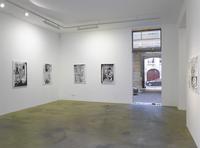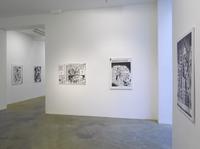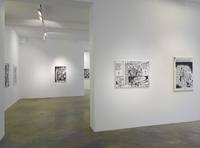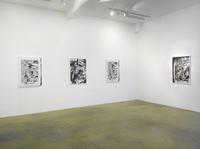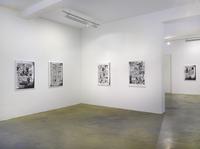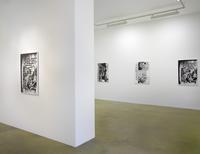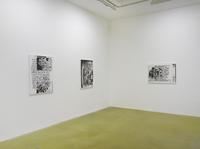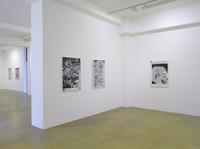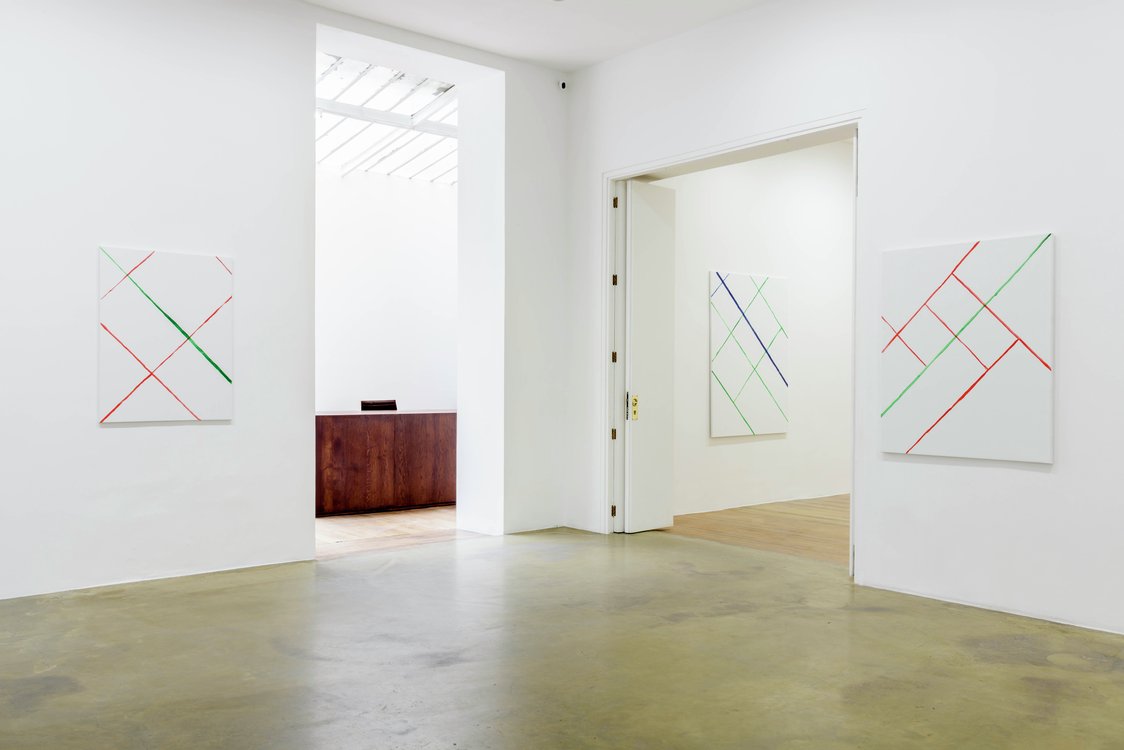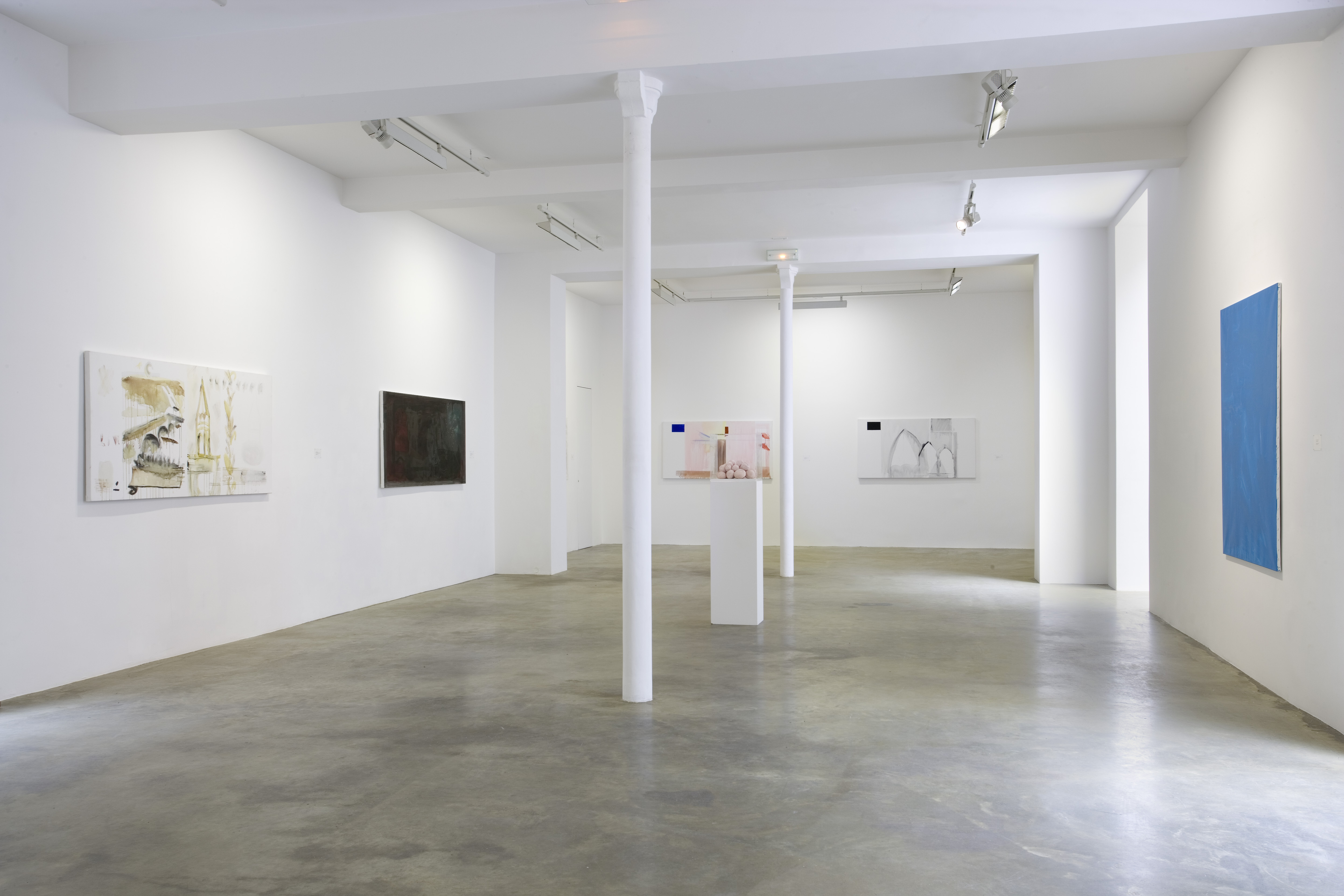Describing Montgomery Clift’s performance in Red River, the film critic Manny Farber opposed the delicate languor of this actor’s “stances and kneelings and snake-quick gunmanship” to John Wayne’s “claylike” and immobile business of barking his way through the film. It is a story about a massive cattle drive across the wilderness, the birth of an empire in the desert, and we can easily imagine the hypersensitive actor lying alone in his tent at the end of another day of shooting, burying his head in a pillow to muffle the sounds of Wayne and the director Hawks boozing it up and hollering like good old boys in the background. Montgomery Clift. in his first film role. His first and last “nonmush performance.” How will he get through it?
Like paintings, cattle must be driven to market. Crossing a river into unknown parts, these meaty properties are threatened not only by Cherokees and rustlers, but by the Oedipal tensions of the men who drive them. At one point, in the middle of the night, a young man attempts to steal some sugar from the communal canteen, knocking over some pots and pans and causing the nervous animals to stampede. For once, everyone shuts up in the panic. Before all of this, we saw the men brand the cattle with hot irons. A lesson in value production as the adopted son Clift watches Wayne plant his bossy, company initials on an expropriated steer. The entire plot hinges on moving this property East, where it will finally be cashed in. In order to arrive at this possibility of exchange, the men must of course sublimate some primitive emotions.
What is the difference between a drive and a stampede? In purely kinetic terms, a drive that crosses a certain speed limit dissolves into panic and death. Or, from a dramatic point of view, problems between fathers and sons, and between men and women, can also put the drive at risk. Clift’s job is not to kill the bad father but to produce the possibility of his return as good, or neutral. The father would never give up his autocratic cruelty without the son first assuring him that nothing will be disrespected or wasted if he does. At the end, it is Tess who does the shooting. Wounding Wayne in the leg, she has a mocking way of disowning the rifle afterwards, making the property strange again: “it isn’t mine, it’s his.” Earlier, Wayne had instructed her that the drive was “too much for a woman.”
A rambling lecture about the problem of calling oneself a painter today, originally delivered in Frankfurt. This talk has been transcribed by a hired, commercial sign painter onto 90 canvases, over screen prints of old comic books. A solution to the other, equally pressing problem of producing three gallery shows at once, by actually filling these spaces with works. Cologne, Paris and London. Round ‘em up, head ‘em out. A drive or a stampede of painting, with all the psychic subtexts and the “hard, clamped down” performance of Michael Krebber, in his Galerie Chantal Crousel debut.
Matthew Garth (Montgomery Clift)
EXT. DESERT. NIGHT
While John Wayne and Howard Hawks celebrate another day of shooting with manly bonding, poker and whisky shots, Montgomery Clift lies alone in his tent. Assholes. This is his first film job.
-
For his first solo exhibition at the Galerie Chantal Crousel, entitled “Je suis la chaise”, Michael Krebber presents a new series of 25 paintings. This series is the second episod of a trilogy which, was first shown at the Galerie Daniel Buchholz, Köln and will then be presented at the Maureen Paley Gallery, London.
Michael Krebber is one of the most important German artists working of the past two decades, He has exhibited widely throughout Europe and USA, although his work has rarely been seen in France. A central figure in the Cologne art scene since the 1980s and a frequent collaborator with Martin Kippenberger, Albert Oehlen, Cosima von Bonin and Kai Althoff, Krebber has a conceptual approach to painting that questions the fundamental roots of the medium. He works within and against the conventions of painting. Krebber’s practice deals with ambivalence, provocation, intransigence and feinted gesture. His work is characterized by a multi-faceted vocabulary-the dismissal and recuperation of painterly qualities, the scrutiny of the boundaries of the picture plane, and the tension between representation and abstraction. This knowledge reverberates with an historical reflection of the medium.
" How figure and ground, form and format, surface and space, color and object, frame and wall, object and installation, light and place, material and reference, title and context, original and found material can be related to one another."
« I do not believe I can invent something new in art or painting because whatever I would want to invent already exists ». Rather than invent something new, Krebber's restrained brushstrokes leave a canvas open and full of possibilities. Like an unfinished sentence, his works leave the viewer guessing what might happen next.
Recent solo exhibitions: Sometimes it snows in april (presentation with Rachel Harrison), The McAllister Institute, New York, U.S.A (2006) ; Secession, Wien, Austria (2005) ; Apothekerman, Städtische Galerie Wolfsburg, Kunstverein Braunschweig, Germany (2000).
His work has recently been included in Conditions of Display, The Moore Space, Miami, U.S.A. (2007) ; Grey Flags, Sculpture Center, Long Island City, U.S.A. (2007) ; The Most Contemporary Picture Show, Actually, Kunsthalle Nuernberg, Germany (2006) ; Make Your Own Life: Artists In and Out of Cologne, Institute of Contemporary Art, Philadelphia, U.S.A. (2006) ; Power Plant, Toronto, Canada (2007).
